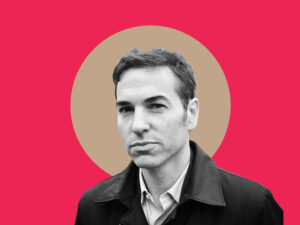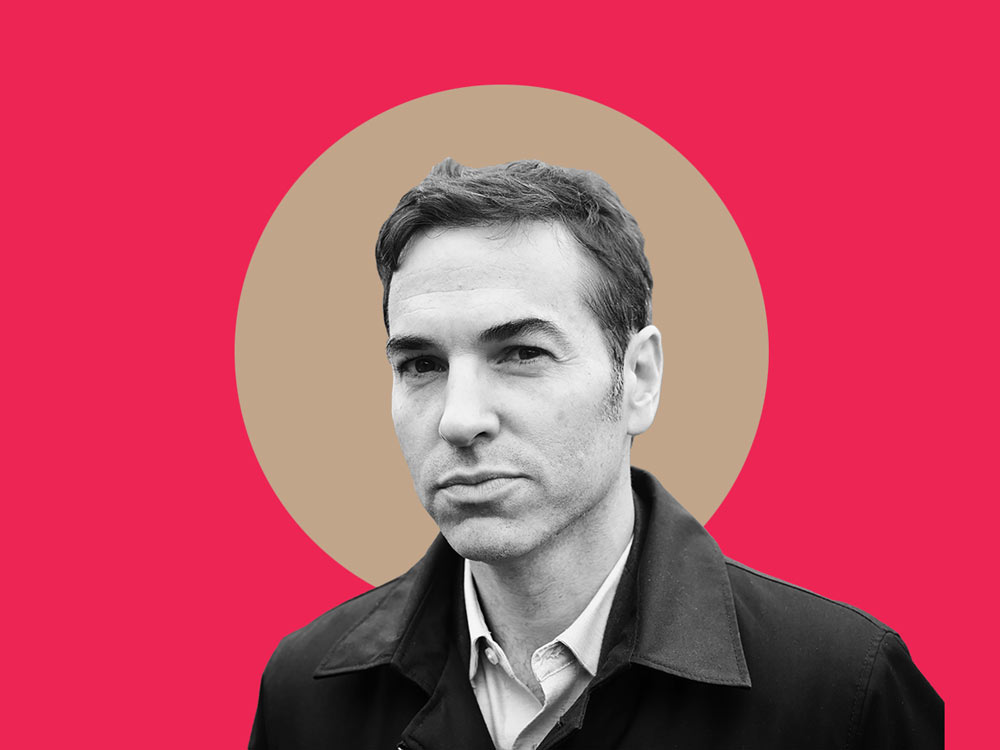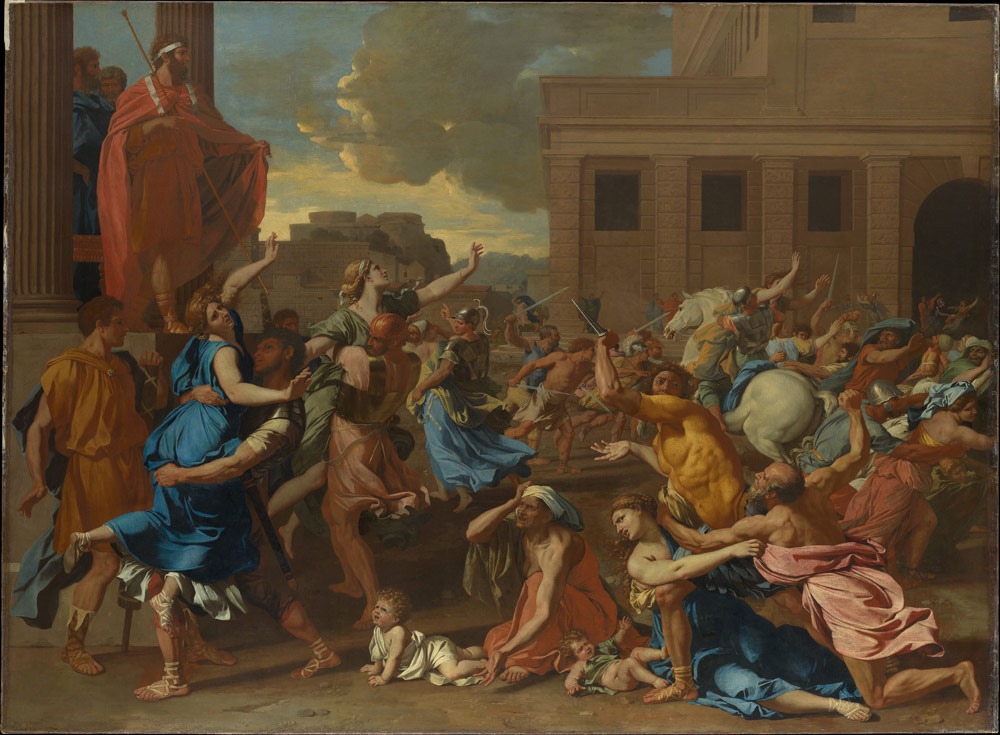This holiday season, many of you will face choices and dilemmas about where to spend your time and money on charitable causes. So we’ve created Tiny Spark’s Guide to Good Giving to help you feel more informed. In our three-part miniseries, we talk with smart people who have spent their careers thinking about what it means to give well and responsibly. We hope these conversations will inspire you to think in new ways about how to have the most impact with your donor dollars.
To begin with, many of us are drawn to causes that are close to our homes and hearts. That’s why we volunteer at our local homeless shelter or donate to cancer research if our family member has been affected by that disease.
But a growing number of people believe it’s better to give globally, including Charlie Bresler from the nonprofit The Life You Can Save. His organization is part of the effective altruism movement, which says you can do the most good by writing a check to a cause in the developing world, where most of the extreme poor live. “Give to an organization that is actually saving lives or reducing suffering, and that needs your money really badly to continue that work,” Bresler suggests.
Then, after you’ve written your holiday checks, Bresler would urge you to consider spending less on luxuries in 2016. By saving more of your income for charity, you won’t have to choose between supporting the cause down the street or the one across the globe, because you’ll be well-positioned to give to both.
Bresler acknowledges that times are hard for many of us, and it can be difficult to set aside enough money for retirement or a down-payment on a house, let alone reserving some for charity. But Bresler says we should never underestimate the power of a small donation to drastically improve someone’s life. He notes that a donation of $50 to $150 can restore the sight of someone with cataracts. Just $3 buys an insecticide-treated bed net that may protect families from malaria-carrying mosquitoes. “So your $3 spent on a bed net to cover a child for two to three years can do a lot of good, versus the $3 spent on a latte.”
Sign up for our free newsletters
Subscribe to NPQ's newsletters to have our top stories delivered directly to your inbox.
By signing up, you agree to our privacy policy and terms of use, and to receive messages from NPQ and our partners.
Want to learn more?
The Life You Can Save calculates how much you should give based on your income (halfway down the page). Its Charity Impact Calculator enables you to enter a dollar amount, choose a charity and see how much impact your donation can have. If you want to give the gift of sight to someone with cataracts, Bresler recommends The Fred Hollows Foundation and The Seva Foundation. Do other causes interest you? The Life You Can Save has a whole page of charities it has vetted, from hunger and nutrition to education to water and sanitation. Give Directly enables donors to give cash directly to the extreme poor. Give Well carries out rigorous research on a handful of charities before recommending them. Fans of New York Times columnist Nicholas Kristof can check out his ideas for giving Gifts with Meaning. You might also be interested in this new article in the Journal of International Development: Charity Rankings: Delivering Development or Dehumanising Aid?
Ahead in Tiny Spark’s Guide to Good Giving:
Part Two: Tools for Good Giving
The Chronicle of Philanthropy’s Stacy Palmer suggests ways to vet solicitors who call our homes on behalf of big name charities. She also weighs in on the debate over whether we should rate charities based on overhead costs, and she makes the case for modest, year-round giving instead of holiday-focused giving.
Part Three: Is This Charity Any Good?
Columbia University professor Doug White says before giving to any charity, donors should ask key questions of certain people there. We explore the growing pressure on nonprofits to prove their impact and ask whether a results-driven agenda risks steering charities away from the hardest-to-serve populations.
Where are you planning to give this holiday season? Do you think you’ll support a local cause or a global one? Do you have questions about effective giving? If so, please leave them here, and we’ll try to get you some answers!













